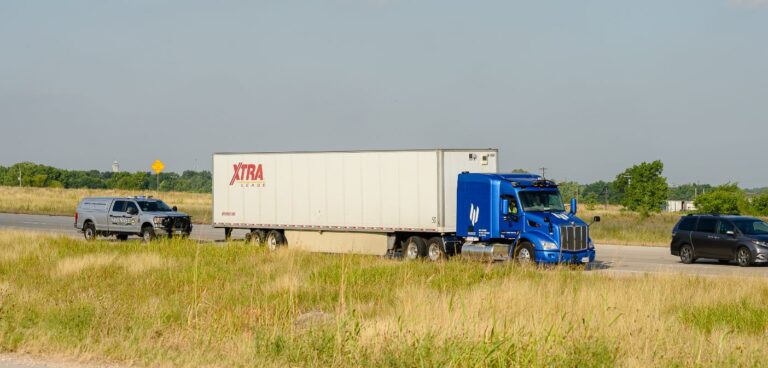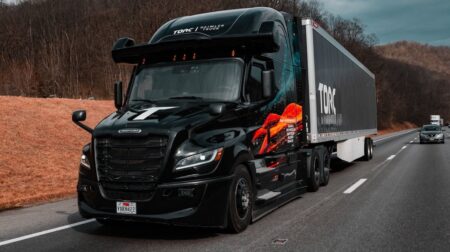Embark Trucks, a developer of autonomous technology for the trucking industry, has completed a public demonstration of its autonomous truck and its emergency vehicle interaction capability.
The truck is designed to respond autonomously to the emergency services.
Embark worked with the Texas Department of Public Safety (Texas DPS) and the Travis County Sheriff’s Office (TCSO) to develop self-driving trucks which can identify and stop for law enforcement vehicles. They are designed for situations such as traffic stops.
The company claims its test was the first-ever public demonstration of an autonomous truck being pulled over by law enforcement.
Emily Warren, head of public policy at Embark Trucks, said: “The ability to engage safely in emergency vehicle interactions is necessary to operate an autonomous vehicle on public roads.
“Law enforcement always needs to be able to stop a commercial vehicle – autonomous or not – to ensure compliance with the law.
“This capability was designed to work seamlessly within existing law enforcement workflows, without requiring new training or technology investment by first responders.”
What Embark calls its emergency vehicle interaction capability is part of its mission to improve the logistics of autonomous trucking.
Its engineering team first built the trucks’ technical function and then trained the vehicles to identify emergency vehicles using lights and other cues, before responding by safely pulling over.
Next, the team created an interaction procedure, which Embark claims allows any law enforcement officer to safely stop, approach and receive information from the truck and without additional equipment.
To develop this capability, Embark, TCSO, and Texas DPS collected testing data over several months on both public roads and a private race track.
During the demonstration, which took place in June on Texas State Highway 130 near Austin, deputies from the TCSO’s Commercial Vehicle Enforcement division reportedly followed an Embark truck along a designated route and successfully completed a traffic stop of the vehicle.
A deputy was able to confirm the truck was safe to approach via an external status display on the side of the truck, then assessed the vehicle’s documentation, before using a code to finish the test.
Embark has published a white paper detailing this procedure and how it can be replicated in other jurisdictions.








